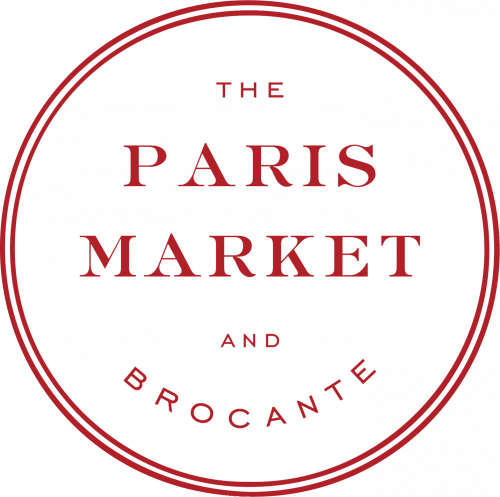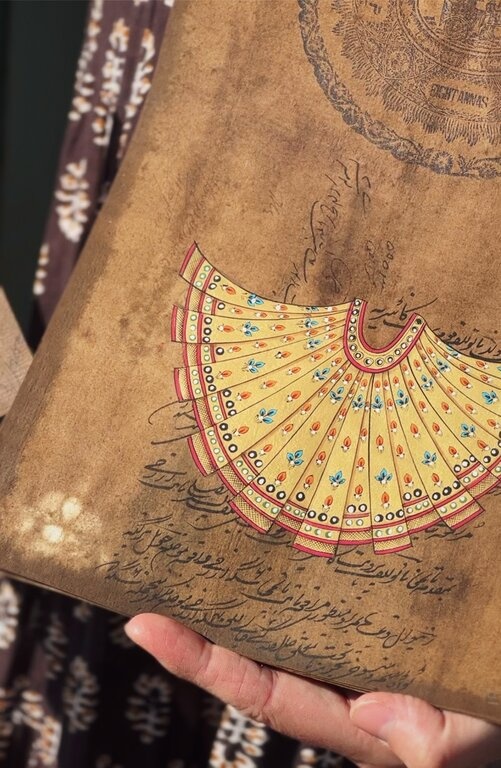


Login
Log in if you have an account
Register
Having an account with us will allow you to check out faster in the future, store multiple addresses, view and track your orders in your account, and more.
Create an accountTravel | India Revisited

Words by Taras Danyluk
The first thing you must realize is that India is massive. I remember my travel agent looking at my initial itinerary stating “I hope you have a few months, because even with that, you will be on the road every day.” He likened it to an Indian visitor to the United States landing in New York, then traveling to Chicago, Atlanta, Miami, Aspen, Santa Fe, Las Vegas, and Seattle, ending with a quick jaunt to peer over at the Grand Canyon before heading home.
So we set out—decidedly ambitious, but determined.
Day 1-3 | Mumbai to Delhi
One of our first stops was a tour of Humayun’s Tomb built in the 16th century by the wife of the second Mughal Emperor – a squat building, lighted by high arched entrances, topped by an enormous dome and surrounded by formal gardens. This is architecturally one of the forerunners of the Taj Mahal.
Next came a thorough exploration of the Qutab Minar, built in the 12th century as one of the tallest towers of its time. Characterized by a combination of Hindu and Muslim designs, it’s a fascinating glimpse at the diverse history of this country.
Day 4 | Agra
Entering Agra, we paid a visit to the Tomb of Itmad-ud-Daulah, considered to be yet another one of the forerunners of the Taj Mahal. And in the early afternoon, proceeded straightaway to tour a UNESCO World Heritage Site, the Agra Fort. It’s a huge complex constructed out of red sandstone and exquisite marble palaces, testimony to the power and artistic sense of successive Mughal emperors.
At last, we arrive to the Taj Mahal, the superlative expression of Emperor Shah Jehan’s undying love for his queen in order to see the monument in the soft light of sunrise.
Day 5-7 | Jaipur
En route to Jaipur, we visited the deserted city of Fatehpur Sikri where you can discern interesting facets of everyday life at the Mughal court in the 16th century.
We passed through the Old City, stopping briefly to photograph the Hawa Mahal or ‘palace of winds’, before proceeding to tour the Amber Fort that dominates the rocky hills surrounding Jaipur. And we were so, incredibly lucky to be there for a royal festival with the Maharaja of Jaipur. He opened up his palace and we attended an amazing feast both for the eyes and all the other senses. I can't even begin to say how incredible this experience was.
It was also in the streets of Jaipur we came upon an artist painting fashion templates in gouache onto retired government stamped currency notes left from the 19th century.
The paper itself is fragile, and a tea-stained brown in color. Stamped clearly with the government’s seal in indigo ink, the designs are accompanied by handwritten notes in what we believe to be Rajasthani script, and a signature at the bottom.
Find the entire collection we took home here.
Day 8-9 | Jodhpur
We toured the 15th century town set on the fringe of the Thar Desert, and dominated by the gigantic Mehrangarh Fort. Entering the fort through a series of impressive gateways, we found a museum which exhibits an outstanding collection of the Jodhpur royal family’s memorabilia – jewelry, miniature paintings, portraits, armaments, elephant saddles, royal cradles and festive tents.
We were blessed to be there for the Holi Festival to celebrate color, love, and Spring. It's seen as a new beginning where people can release their inhibitions and start fresh, and it is said that during the Holi festival the gods turn a blind eye and it is one of the few days extremely devout Hindus allow themselves to let loose.
Day 10-12 | Udaipur
It was morning when we found the Udaipur City Palace, actually a series of interconnected palaces massed into an impressive whole, with ground level and rooftop courtyards and gardens, a stunning peacock mosaic on one of the upper floors and a stunning private garden.
This city is also on a lake and completely different than anything else in Rajasthan. The otherworldly Ranakpur complex lies in a remote and peaceful valley of the Aravali Range, one of the most sensational highlights of India’s mystery and spiritual presence. The main temple in the 15th century complex is the Chaumukha, or four-faced temple, dedicated to Adinath, the first tirthankara. This beautifully crafted marble temple has 29 halls supported by 1444 intricately carved pillars, no two alike.
Last but not least, the Udaipur Lantern Festival. Celebrating the spirit of Diwali, we joined tens of thousands of people to release handmade lanterns into the sky. Lighting them denotes dispelling darkness and going into the light, symbolizing purity. It was a completely immersive and totally enthralling experience.





Comments